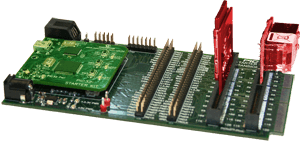What is the difference between PCMCIA and ExpressCard?
ExpressCard is the hardware standard replacing PMCIA type II cards. ExpressCards are considered better than PCMCIA cards because they are faster. ExpressCards communicate with a higher bandwidth and consume less power than PCMCIA or Cardbus.
New laptops do not include PCMCIA ports but do include ExpressCard ports. There are two Express Card formats – 54 and 34....

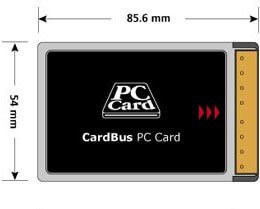
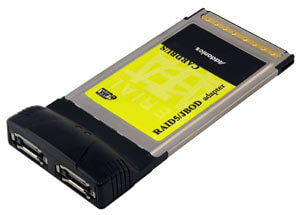
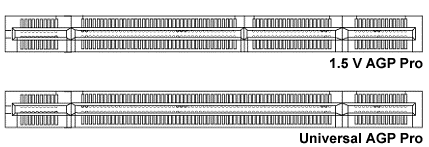
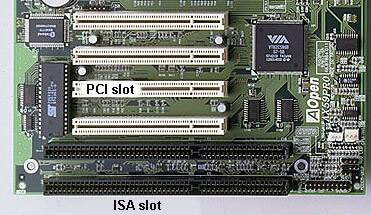 ...
...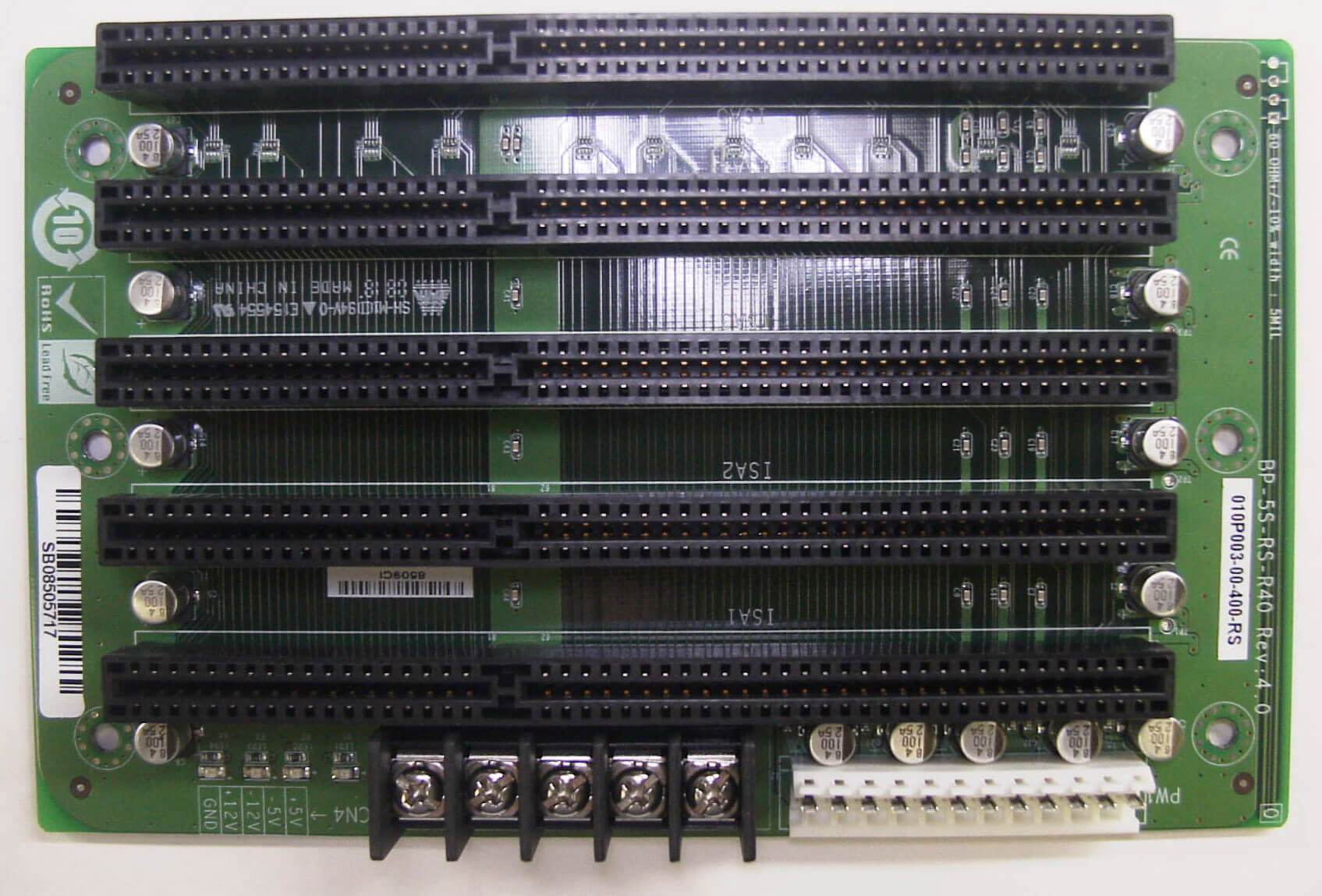
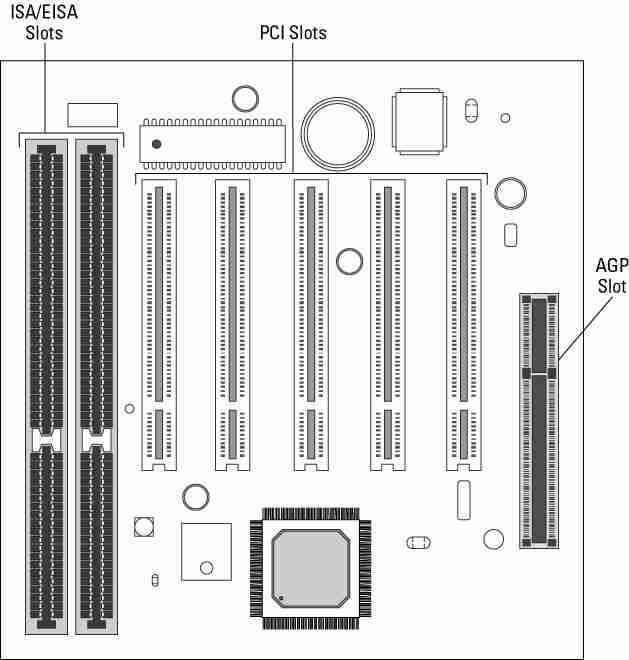 ...
...